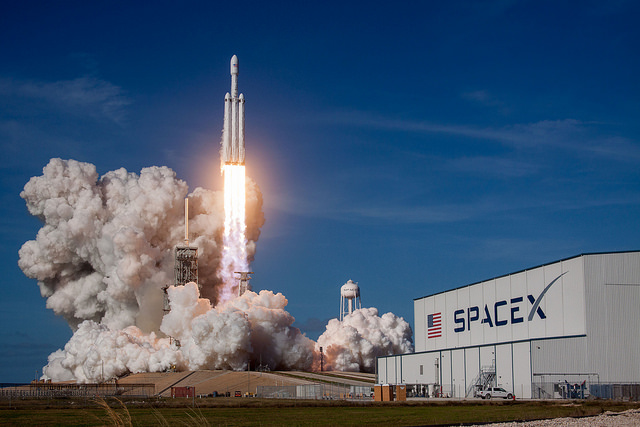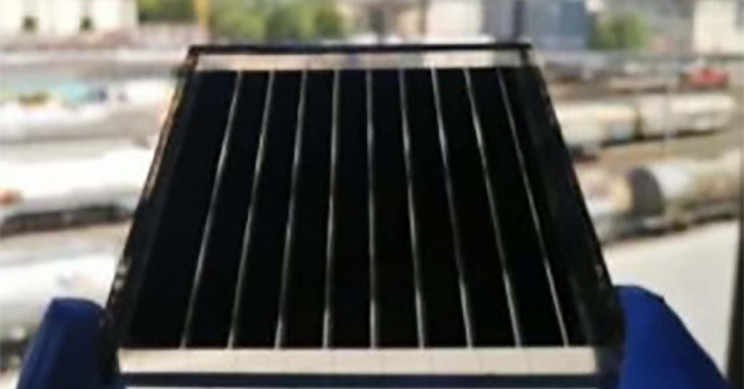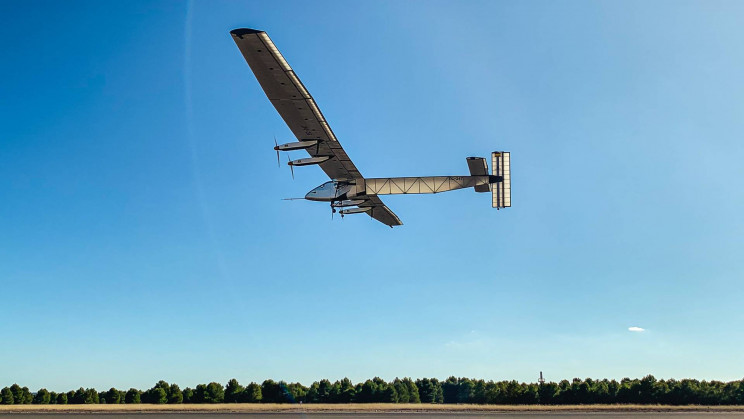Elon Musk’s SpaceX Falcon 9 rocket carrying the Deep Space Climate Observatory was launched seven years ago.
Now, almost seven years after its launch, a part of the rocket is on a collision course with the moon. The part is the 4-ton second stage of a SpaceX rocket that was abandoned in space after a long burn of its engines. It has been floating in a chaotic orbit since February 2015.
Space observers have estimated that the Falcon 9’s second stage will crash into the far side of the moon at a velocity of about 2.58 km/s (5,700mph) on March 4.
Astronomers say that the effects of the crash will be minor, but the impact could benefit science
However, scientists won’t be able to observe the March 4 impact in real-time since it will occur on the far side of the moon. Though the far side of the moon is not really dark, it’s just that it can’t be seen from the Earth.
Standard practice by space agencies to abandon the stuff in deep orbit
Traffic in deep space is increasing with more and more countries sending spacecrafts to deep space. Not only countries, but even commercial companies like SpaceX are also contributing to the growing space junk situation.







